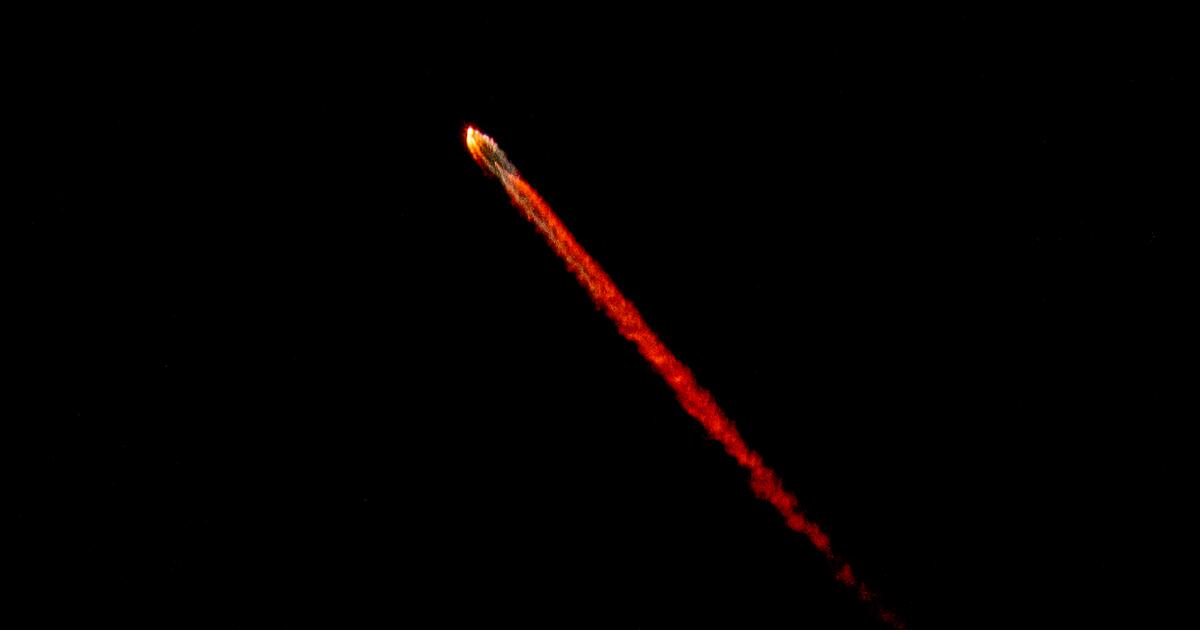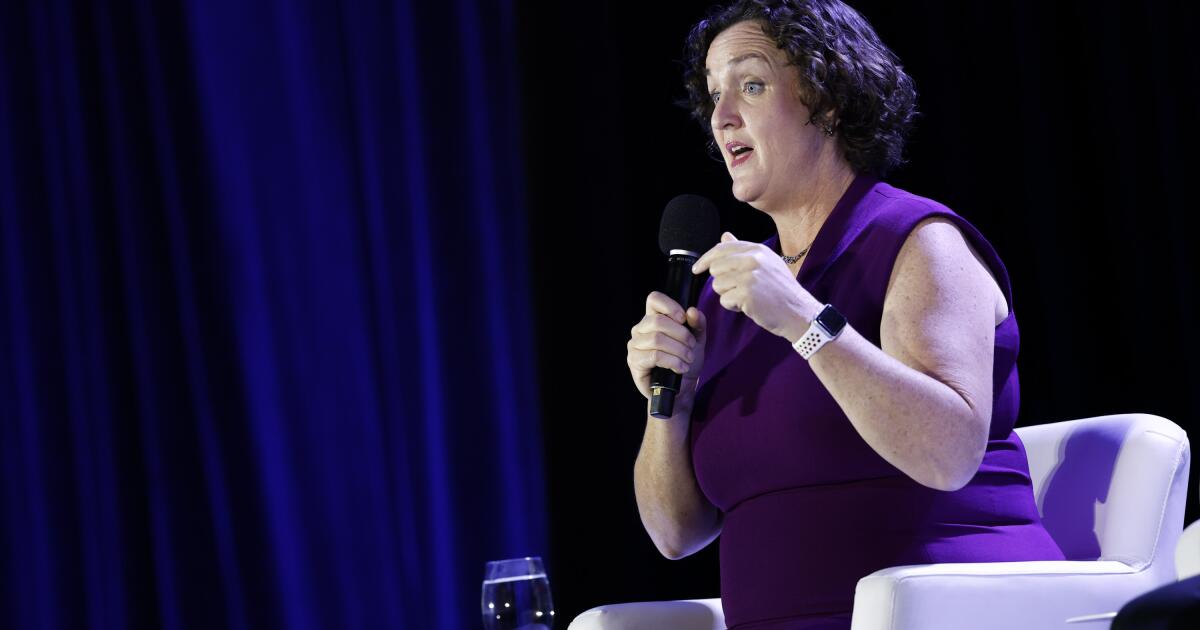DONETSK REGION, Ukraine (Reuters) – The soldiers manning a U.S.-supplied M777 howitzer close to the front in Ukraine’s eastern Donetsk region have seen the enemy advance in recent weeks, slowly but surely, and wish they could do more to stop it.
Like other artillery positions along the 1,000-km (621-mile) contact line in eastern and southern Ukraine, they do not have the shells they need to suppress the Russian attacks that threaten to turn the course of the war in Moscow’s favour.
“If we compare it with the beginning (of the full-scale invasion), when we fired up to 100 shells a day, then now, when we fire 30 shells it’s a luxury,” artillery gun commander Oleksandr Kozachenko told Reuters.
Sometimes the number of shells fired daily is in single digits, he added.
During a recent visit to the outpost, part of Ukraine’s 148th Separate Artillery Brigade, Kozachenko’s team was able to fire fairly regularly.
On receiving a fire order over the radio, troops rushed to haul 155 mm rounds from a storage bunker and load the cannon before adjusting the barrel and firing with a thunderous blast.
The rumble of other guns echoed in the distance throughout the morning.
Units like this are still waiting for a fresh influx of ammunition after a new $61 billion U.S. aid package was approved last week.
For now, Russia has far superior firepower and is gradually advancing around the town of Avdiivka after capturing it in February and also to the west of Bakhmut, which it seized last year.
Commander-in-chief Oleksandr Syrskyi said on Sunday that fighting in the east had recently worsened and that his troops had fallen back in three places on the front.
The soldiers at the position, some eight km (five miles) from the front, said they did not know when to expect more shells to arrive.
Instead, they rely on whatever comrades further behind the line are able to pack into the daily delivery vehicle, said Ihor Boichak, a private.
“If it brings a good amount, it means that someone somewhere grabbed a bit more for us so we could fire a little more,” he said, adding that ammunition supplies to his unit had at least marginally improved since the beginning of the year.
UNPREDICTABLE ATTACKS
According to Pasi Paroinen, an analyst with Black Bird Group, a Finnish-run volunteer group that analyses satellite imagery and social media content, Russia has gained more territory in Ukraine this year than Ukrainian forces did in their counteroffensive last summer.
From June 1 to Oct. 1, 2023, Russian forces lost control of 414.26 square kilometres of territory. From Jan. 1 to May 2, 2024, they gained 432.3 square kilometers, most of it in the Donetsk region.
Russian forces are focusing most of their assaults on the strategic town of Chasiv Yar, just west of Bakhmut, and further south around Ocheretyne.
Ukrainian officials believe that Moscow wants to seize Chasiv Yar by the symbolic date of May 9, or Victory Day in Russia. That would place some of the Donetsk region’s largest Ukrainian-held cities within artillery range, analysts say.
Troops at the position, the location of which Ukraine’s armed forces requested not to be disclosed, said Russian attacks were steady but often unpredictable.
“We can have a calm night and just keep watch, or we can be running to the gun 15 to 20 times,” said Boichak, a bespectacled former builder. “And the same thing during the day.”
Russian drones are a constant threat, the soldiers said, while a lack of fresh manpower meant that they were spread thin and growing tired.
Kyiv has designed a new mobilisation package to replenish its forces, which are easily outnumbered.
“I’d like to leave at least for a week and rest, but we keep working for as long as needed,” Boichak said.
A battalion commander in the same brigade, who withheld his name for security purposes, said small tactical gains by Russian forces did not yet amount to a significant strategic advantage.
He acknowledged, however, Moscow’s ability to throw far more troops into battle than Kyiv in its bid to seize the initiative.
“To lose an entire company in one day is nothing for them.”
(Additional reporting by Ivan Lyubysh-Kirdey in Donetsk and Anastasiia Malenko in Kyiv; Editing by Mike Collett-White and Gareth Jones)

